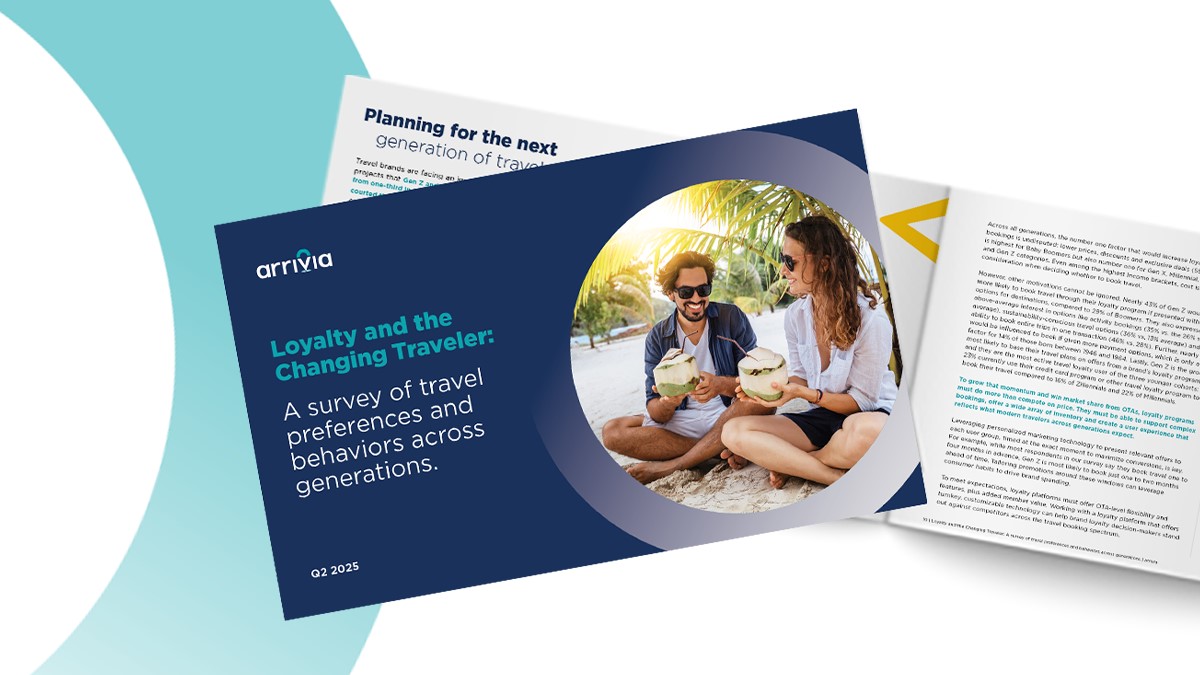By Mark Wilson, Vice President of Product Strategy & Operations, Cruise & Tour
While cruises have always been an excellent bang-for-your-buck travel option, they are particularly attractive and valuable for vacationers in the current economic environment. According to the CEO of Royal Caribbean, speaking in an interview ahead of the launch of the largest cruise ship ever (Royal Caribbean’s Icon of the Seas), “people will continue to cruise,” even amid negative economic conditions “because the value is so high.” Accordingly, cruise line capacity is projected to expand by 20% next year (including by 30%-40% in Alaska alone), and many cruise lines continue to invest in new ships and berths.
Meanwhile, airfares are up by 22% (or more), hotel room rates are projected to continue increasing through next year and car rental costs are at historical highs. Cruises, with fixed pricing for accommodations, dining, entertainment and onboard activities, are clearly a high-value, in-demand option compared to land-based vacations.
Historically, the booking window for cruise travel tends to be much longer than for other types of travel. The pandemic scrambled that trend somewhat, with some cruisers locking in deals well ahead of sailings, and others waiting out uncertainty over guidelines and restrictions before booking much closer to an embarkation date. But the tide seems to have turned. In July 2022, the U.S. Centers for Disease Control eliminated the testing and vaccination requirements for cruise travel, removing an obstacle that kept many would-be travelers from booking. Since then, many cruise lines, including Carnival, have dropped most remaining self-imposed requirements, further lowering the barrier for potential cruisers.
Even before the CDC announcement, however, demand for cruise travel was strong. According to the “Ready to Board” survey of 1,500 American consumers conducted by arrivia between November 2021 and January 2022, 80% of respondents said they were either planning a cruise or considering booking one in the next two years. More recent surveys point to that number being even higher, including a rolling survey of arrivia platform users, of which 85% have either booked or are planning to book a cruise by 2024 (and only 2% would not consider cruising at all).
The growing interest in cruises is noticeable; and with so many deals available, travelers willing to get up and go can get a great trip at a great price before rates inevitably rise. This could attract the ‘never-cruisers’ segment of travelers, or those who might otherwise book a resort stay, to venture on board.
For travel loyalty and rewards providers, the demand for cruise and low prices presents an ideal opportunity to drive new revenue, attract new customers to their programs and provide their members with the value they’re looking for. Companies without this travel option should consider expanding their portfolios to include cruise.
Cruise options and why they matter
According to the survey “Where travel meets loyalty” of 2,500 American consumers and 204 loyalty program administrators commissioned by arrivia between December 2021 and January 2022, value is consumers’ number one consideration when booking travel. One-third say their loyalty programs fail to deliver on that front. That comes as no surprise to industry leaders — 28% said they struggle to demonstrate the value of their rewards, while 19% struggle to offer customers the variety of rewards they want.
Part of a travel loyalty program’s value proposition lies in the travel options it provides to members. Consumers cite lack of travel options as a significant pain point of their loyalty programs — close to 30% of arrivia’s survey’s respondents. If members can only book air or hotel through their loyalty program, they’ll need to look elsewhere to complete their booking. Or, if they can find everything they are looking for through another provider, they might abandon their loyalty program altogether. This leads to a poor user experience and results in lost potential revenue for the provider.
Leveraging the cruise sector’s current price competitiveness enables loyalty providers to include cruise travel alongside more expensive options like airfares to create attractive offers that drive new revenue streams and better engage members by delivering the much sought-after value. The rolling survey of arrivia platform users suggests that 52% of travelers would immediately jump at a great last-minute cruise-deal, and 37% would be “very interested” in booking a short cruise if they were vacationing near a cruise port. Both of these findings indicate that cruises can be drivers of incremental revenue for loyalty programs that offer them.
If (and when) cruise prices do increase, loyalty providers can continue to offer their members cruise experiences at highly competitive prices by capitalizing on their dedicated member base to negotiate special discounts with cruise providers.
The members-only pricing advantage
Any member-based program can access closed user group pricing, essentially special pricing that’s not normally available through public platforms like online travel agencies. Travel suppliers recognize groups with memberships as a great way to reach new cruisers and are willing to provide enhanced value to attract them.
The cruise sector is particularly well-suited to this model. As an all-inclusive experience, cruises attract travelers who appreciate the value of that pricing structure, and who will utilize their loyalty program to upgrade their experience from a standard stateroom to a balcony or suite.
Loyalty providers with travel rewards and benefits can also include extras that wouldn’t be available to the public or through online travel agents, like one complimentary shore excursion for members only. The loyalty program can creatively subsidize unique promotions and added incentives to help drive additional bookings and attract new members.
Travel loyalty programs that don’t currently include cruise in their portfolio can still offer this option to members by partnering with a rewards supplier that already has those relationships in place. A full-service travel benefits platform will have a flexible system that can adapt to a program’s needs and include all of the travel options today’s program members will find valuable, including cruises.
With cruise remaining a competitive, high-value choice for vacationers at a time of rising travel prices, loyalty program administrators that want to grow their business need to meet their customers’ current and future expectations by including cruise options in their rewards portfolios.



